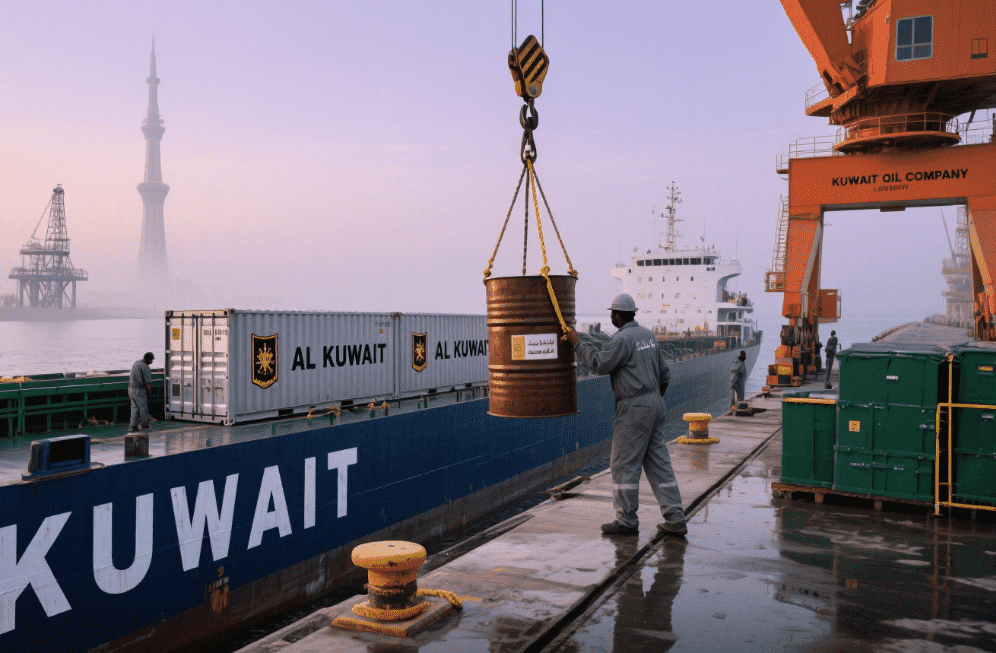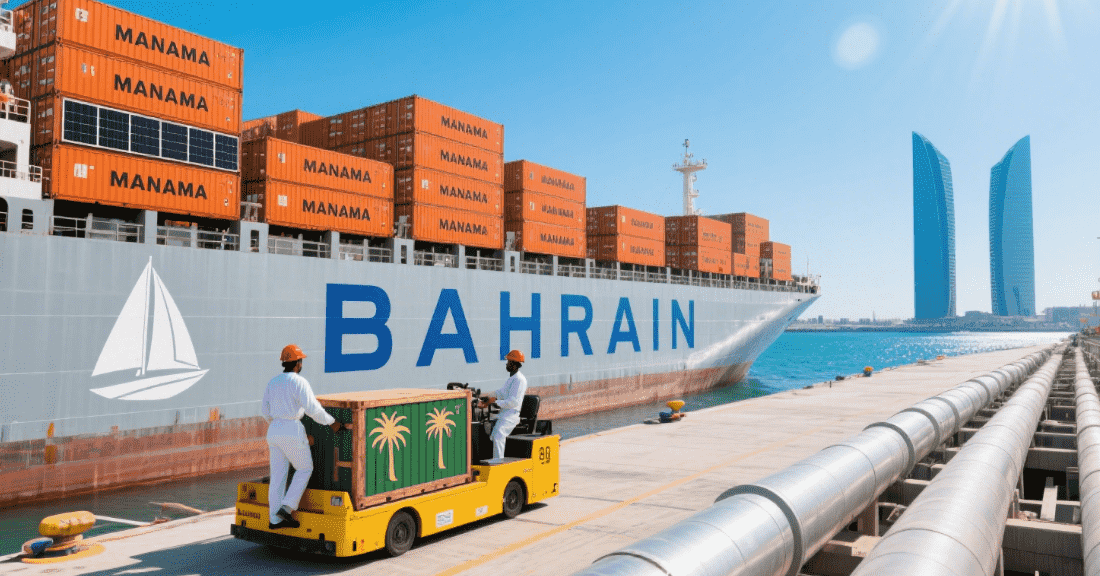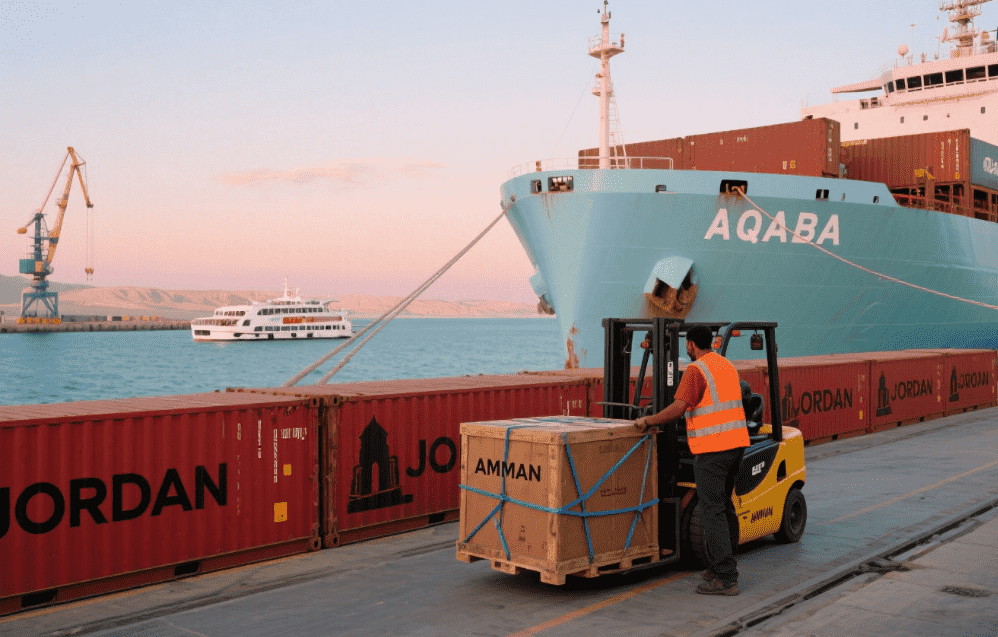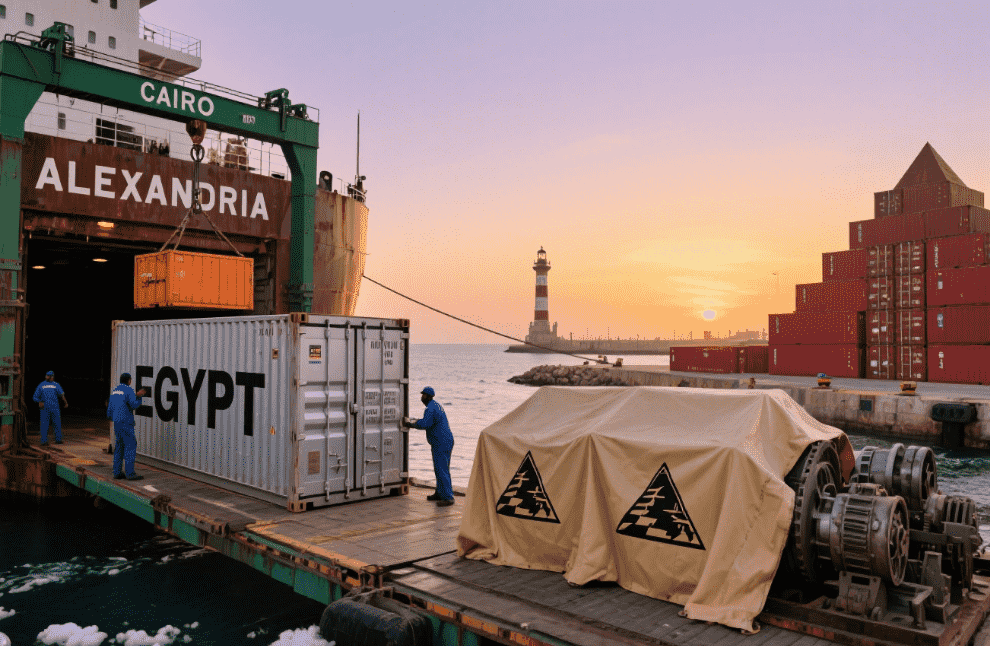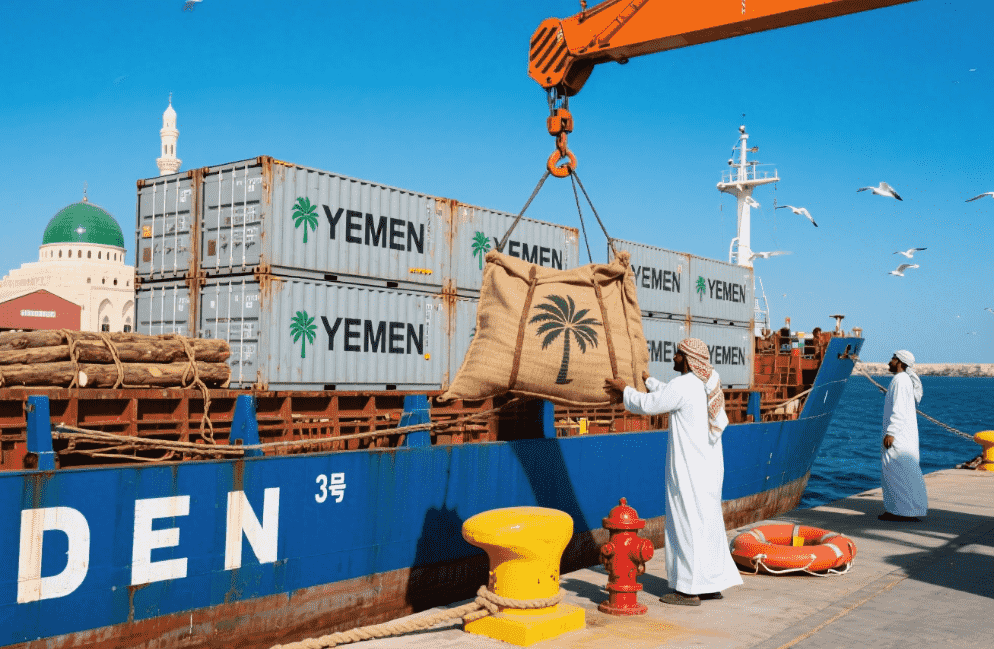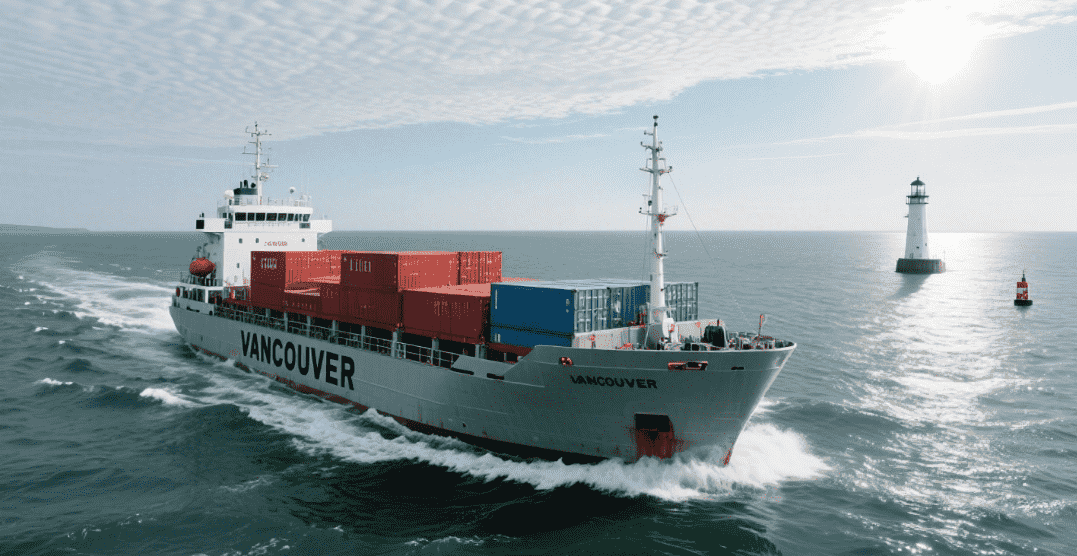
In our interconnected global marketplace, efficient logistics operations are vital for businesses to maintain smooth cross-border deliveries. For importers shipping goods from China to the U.S., effective shipment tracking goes beyond mere convenience—it's a fundamental aspect of supply chain optimization. Regardless of whether you operate a small online store or a major production facility, the ability to monitor your cargo's transit from factory to final destination is crucial for avoiding disruptions, controlling expenses, and ensuring client satisfaction. This comprehensive overview examines freight tracking systems, highlights the value of professional freight forwarding services, and demonstrates how collaboration with an established logistics specialist such as Winsail Logistics can enhance your business efficiency.
1. Understanding the Shipping Process from China to USA
Before diving into tracking mechanisms, it’s important to grasp the stages of shipping from China to the USA. The process typically involves:
- Booking and Documentation: The shipper coordinates with a cargo agent to arrange transportation, prepare bills of lading, and ensure compliance with customs regulations.
- Origin Handling: Cargo is picked up, consolidated, and loaded into containers at warehouses or factories in China.
- Ocean/Air Freight: Goods are transported via sea (the most common method for bulk shipments) or air (for time-sensitive items).
- Destination Handling: Upon arrival in the USA, cargo undergoes customs clearance, deconsolidation, and last-mile delivery to the final destination.
Each stage requires precise coordination, and delays at any point can disrupt the entire supply chain. This is where robust tracking systems and logistics solutions come into play.
2. The Importance of Tracking in International Freight Service
Tracking shipments provides real-time visibility into your cargo’s location, status, and estimated arrival time. For businesses, this transparency enables:
- Proactive Problem-Solving: Identify delays early (e.g., port congestion, weather disruptions) and adjust timelines accordingly.
- Inventory Management: Plan warehouse operations and stock replenishment based on accurate delivery dates.
- Customer Communication: Keep buyers informed about order status, building trust and reducing inquiries.
- Compliance and Accountability: Maintain records for audits and dispute resolution.
Without effective tracking, businesses risk operational inefficiencies, financial losses, and reputational damage. Thus, investing in a reliable freight service with advanced tracking capabilities is non-negotiable.
3. Key Methods to Track Shipments from China to USA
A. Carrier Tracking Systems
Most shipping lines (e.g., COSCO, Maersk) and airlines (e.g., Cathay Pacific, FedEx) offer online tracking portals. To use these:
- Obtain the bill of lading (B/L) or air waybill (AWB) number from your cargo agent.
- Enter the number on the carrier’s website to view updates like:
- Container/vessel location
- Port of departure/arrival
- Customs clearance status
- Estimated delivery date (ETD/ETA)
Pros: Direct access to carrier data; no additional fees.
Cons: Limited to the carrier’s network; may lack end-to-end visibility.
B. Third-Party Tracking Platforms
Platforms like Flexport, 17Track, and AfterShip aggregate data from multiple carriers, offering a unified dashboard. Features include:
- Multi-carrier tracking in one place
- Email/SMS alerts for status changes
- Historical data analysis for performance benchmarking
Pros: User-friendly; ideal for businesses managing multiple shipments.
Cons: May require subscription fees; reliance on third-party data accuracy.
C. IoT and Sensor-Based Tracking
For high-value or temperature-sensitive cargo, IoT devices (e.g., GPS trackers, temperature sensors) provide granular insights into:
- Real-time location
- Humidity/temperature levels
- Shock or tilt detection (for fragile items)
Pros: Unparalleled visibility; prevents damage claims.
Cons: Higher costs; requires technical integration.
D. Partnering with a Logistics Provider
A cargo agent or logistics solutions provider like Winsail Logistics can offer end-to-end tracking support, including:
- Customized dashboards with shipment milestones
- Dedicated support teams to resolve issues
- Integration with your ERP/WMS systems
- Proactive alerts for exceptions (e.g., delays, customs holds)
Pros: Reduces administrative burden; leverages expert knowledge.
Cons: Choose a provider with proven reliability to avoid miscommunication.
4. Challenges in Tracking International Shipments
Despite advancements in technology, tracking from China to the USA faces hurdles:
- Data Silos: Carriers, customs, and truckers often use disparate systems, leading to fragmented updates.
- Customs Delays: Random inspections or incomplete documentation can hold shipments for days.
- Last-Mile Blind Spots: Local delivery networks may lack real-time tracking, causing uncertainty in the final stretch.
- Time Zone Differences: Coordinating across 12–15-hour time gaps complicates communication.
To mitigate these, work with a freight service provider that has established partnerships with carriers, customs brokers, and local agents.
5. Best Practices for Efficient Shipment Tracking
A. Choose the Right Tracking Tools
Assess your needs:
- Small businesses: Start with free carrier portals or third-party platforms.
- Enterprises: Invest in IoT or integrated logistics solutions for scalability.
B. Maintain Accurate Documentation
Ensure all paperwork (B/L, commercial invoice, packing list) is error-free to avoid customs delays. Your cargo agent can assist with compliance.
C. Communicate Proactively
Share tracking links with customers and stakeholders. Set expectations for potential delays (e.g., “Shipments from China typically take 14–30 days”).
D. Leverage Data Analytics
Use tracking data to identify trends (e.g., frequent delays at a specific port) and optimize future routes.
E. Partner with a Trusted Logistics Provider
A provider like Winsail Logistics can handle the complexities of freight service tracking, allowing you to focus on core business activities. Their expertise in logistics solutions ensures:
- Compliance with U.S. Customs and Border Protection (CBP) regulations.
- Access to premium carrier networks for faster transit times.
- 24/7 support to resolve issues swiftly.
6. The Future of Shipment Tracking
Technological innovations are reshaping logistics solutions:
- Blockchain: Enhances transparency by creating immutable records of each shipment milestone.
- AI and Machine Learning: Predicts delays by analyzing historical data and external factors (e.g., weather, port strikes).
- 5G Connectivity: Enables real-time tracking of high-volume shipments with minimal latency.
Businesses that adopt these tools early will gain a competitive edge in efficiency and reliability.
Conclusion: Why Tracking Matters in China-to-USA Logistics
Tracking shipments from China to the USA is no longer a luxury—it’s a necessity. By leveraging the right tools, partnering with a capable cargo agent, and investing in comprehensive logistics solutions, businesses can navigate the complexities of international freight with confidence. Whether you choose carrier portals, third-party platforms, or IoT devices, the goal remains the same: to ensure your cargo arrives on time, intact, and within budget.
For companies seeking a hassle-free experience, Winsail Logistics offers tailored freight service solutions that simplify tracking and optimize supply chains. With their expertise, you can focus on growing your business while they handle the logistics. Visit https://www.winsaillogistics.com to learn more.
In an era where speed and visibility define success, mastering shipment tracking is your ticket to global competitiveness. Start today, and stay ahead of the curve.


